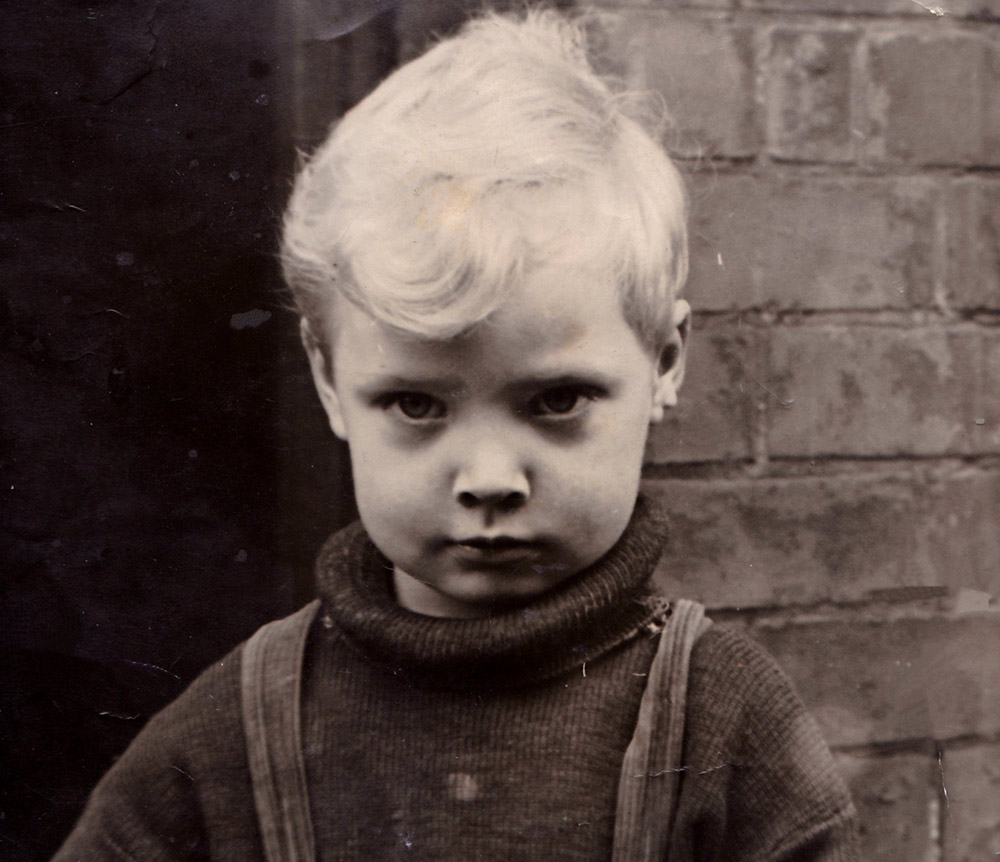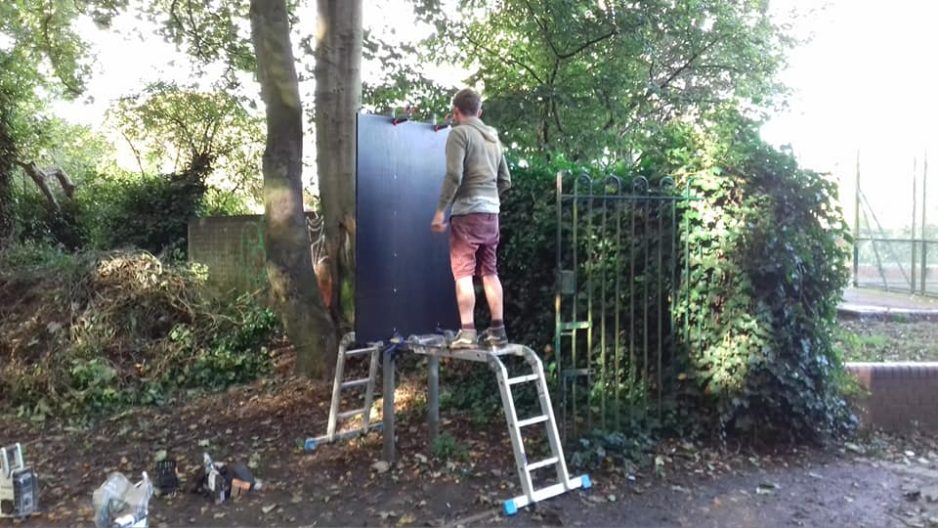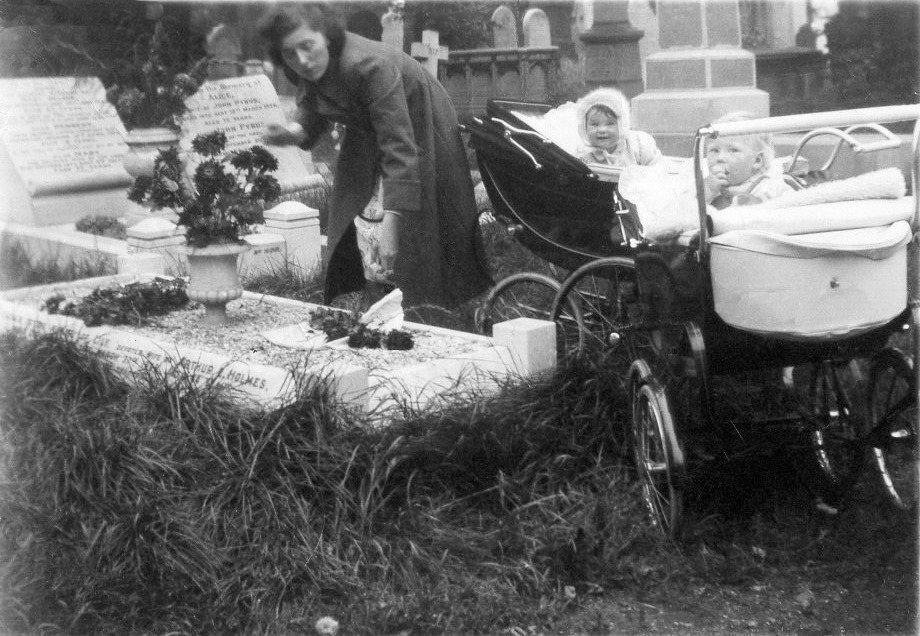The Scenario
For a re-opener you approach the dig differently. Lets go back to our scenario. You have your grave slip, you’re at the site, the grave doors are erected. From the slip you know how deep you are going to dig as it should say how many it was dug for.
One problem that you often had to deal with on a re-opener were headstones on the grave being dug. Obviously this was never a problem on a new grave because no one was buried there yet.
If it was a kerb set, the stone mason’s would be informed and instructed to remove it and they would usually take it back to their yard. If it was a stone that had had a kerb set but this had been removed then a close eye needed to be kept on this as it would have only been placed in the ground to a depth of about 6 to 12 inches.
If the grave to be dug was under the stone, the stone was laid flat by us. After the funeral it was put back by us. Indeed one of the jobs of the gravediggers was to re-align leaning headstones.
We never allowed stones to remain on the ground as this would interfere with our grass cutting in the summer.
Sadly there are such staff shortages these days it is just not feasible for this to be done now.
On the lawns area (in Northern and Eastern) the headstones are all in long lines, modelled i think on the First World War cemeteries. You know that on these graves the headstone is not on the grave so there’s no issue here.
Digging
So let’s start digging. In digging a re-opener you start from the middle, don’t attempt to mark out the shape. The reason for this is that you are looking for the walls of the old grave so starting from the middle and inching outwards is the best way to do that.
At about 2 foot deep, and after gradual widening you should see a difference in colour and texture in the soil.
Of course you don’t know whether the original grave was dug wedge or coffin shape so it really is trial and error at this point.
Walls
Now, you’re probably thinking, why take all that trouble to find the old walls.
Because, when you’re 7 foot down and suddenly the backfill from the old grave comes away from the old wall and lands on you it becomes apparent that you maybe should have tried to find the old walls.
Sometimes, however much you try, you cant find the walls. This is also something to worry about because it usually signifies that the previous grave caved in and it is likely to do so with you. You just have to keep your eyes and ears open.
The grave still has to be dug because someone has bought that space and wants to be buried in there. Usually within 2 days of you getting that slip.
Right lets suppose that everything has gone right; the walls have been found, the stager hasn’t dropped huge mountains of clay on your head, and you’re close to the depth you need.
Now I always used to work backwards. From the foot end of the grave to the shoulders and then turn round to get the soil out of the head end. The reason for this, at least in my mind, was that this minimised the amount of time that I was standing on the coffin already in the grave.
Of course it didn’t, it would have been just the same from the other way. Funny how you get these ideas.
The box in the grave
So, by this time you are standing on the ‘box’ already in the grave.
Always a tricky time. For example, if the grave was near trees, the coffin may well have disintegrated in parts and suddenly you find yourself throwing bones up. Sorry but it happens.
A coffin was always better preserved in water but the smell was usually quite bad. Nowhere near as bad as the smell when I worked at the tannery as a little lad of 15 but still not pleasant.
Let’s presume this grave is Goldilocks-like; not too dry, not too wet. In fact just right. The final part of the soil in the bottom of the grave is spread over the coffin you are standing upon so that if some mourners feel the urge to view the grave before the funeral they won’t see anything untoward.
Then put the shoring in, climb out and have a cup of tea, sometimes even washing your hands before making it. Next time, the gravedigger’s role at the funeral, the winter of discontent and other odds and sods that i remember.
‘Gravedigger’ by Pete Lowden
Pete Lowden is a member of the Friends of Hull General Cemetery committee which is committed to reclaiming the cemetery and returning it back to a community resource.












